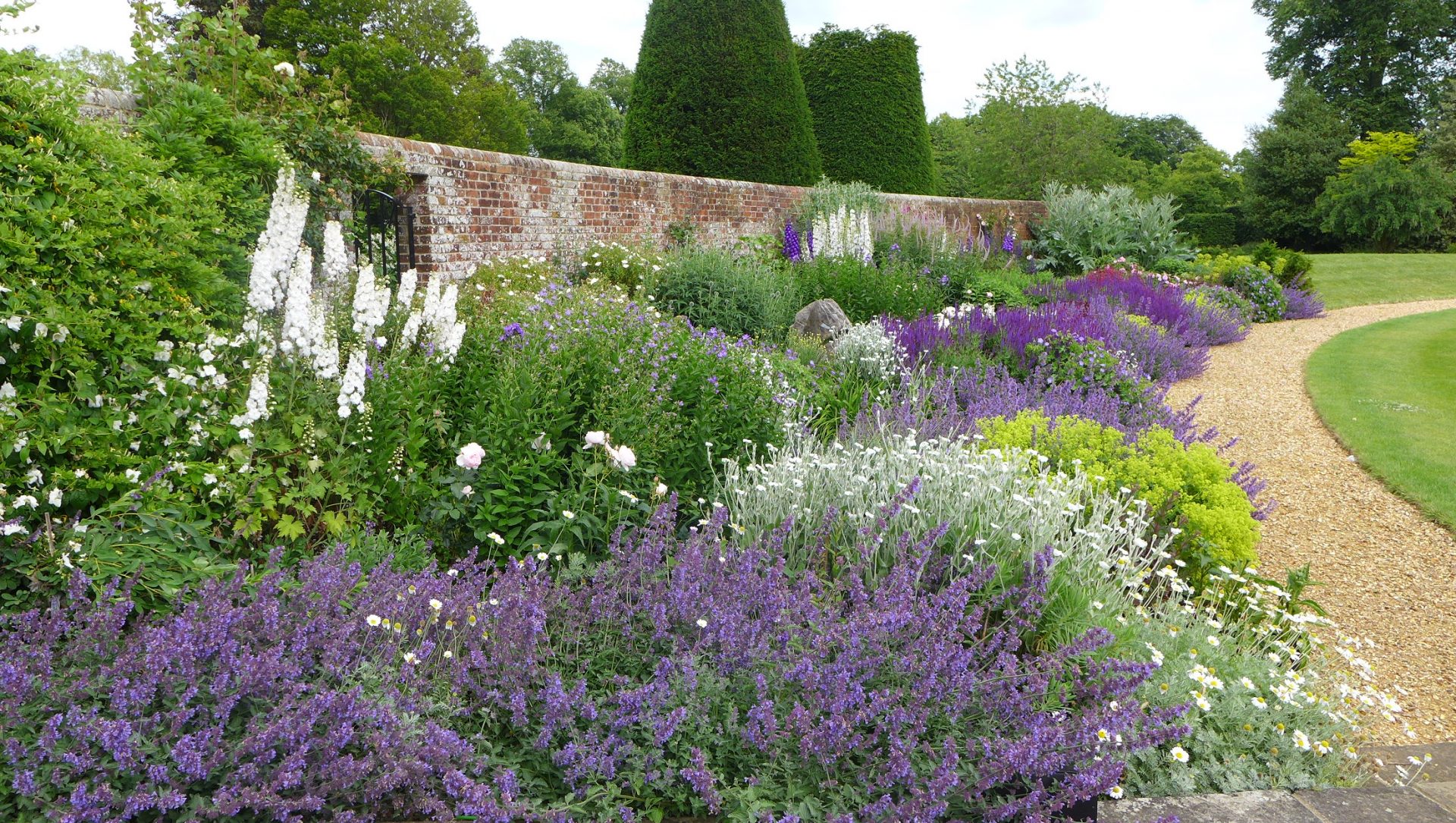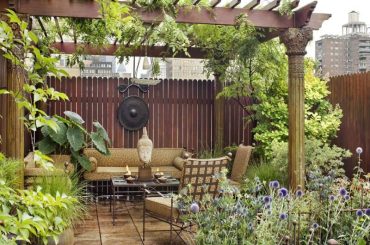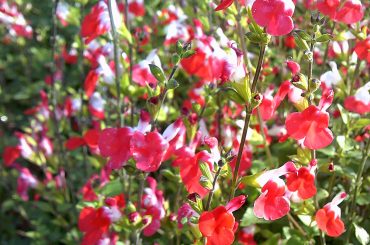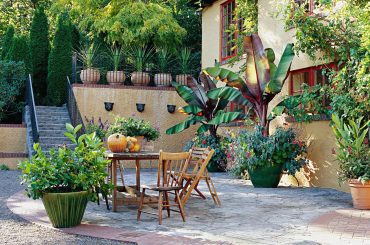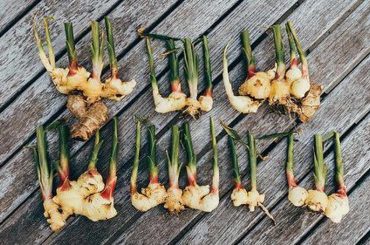Table of Contents
Creating a stunning herbaceous border will be an amazing idea to create perfect wildlife for your garden. These herbaceous border plants are perfect for gardeners trying to make a lasting and beautiful design. Today, you probably looked up on the internet for some secret sparks to spruce up your garden with a stunning herbaceous border and landed up here! Well, you’ve come to the right place.
In this blog post, we’ll create a breathtaking herbaceous border that will transform your garden into a colourful and vibrant oasis.
How to Create a Herbaceous Plant Border in Your Garden
A herbaceous border is the border of gardens designed with herbs, majorly two types: perennials and annuals. This makes the ground look better and neat and adds to the variety and colours in your garden. One herbaceous border is a bed of primarily herbaceous plants, meaning they don’t have woody stems. These plants come in various shapes, sizes, colours, and textures, making them a popular choice for gardeners who want to add a pop of colour and interest to their outdoor spaces. But beyond their aesthetic appeal, herbaceous borders also have several benefits, including attracting pollinators, creating a natural barrier, and providing a habitat for wildlife. All these reasons make herbaceous borders very attractive and beneficial for every garden.
In this post, we will cover everything you need to know to create a stunning herbaceous border in your garden, from planning and preparation to planting and maintenance. So let’s dive into it!
1. Let’s Plan Your Herbaceous Border
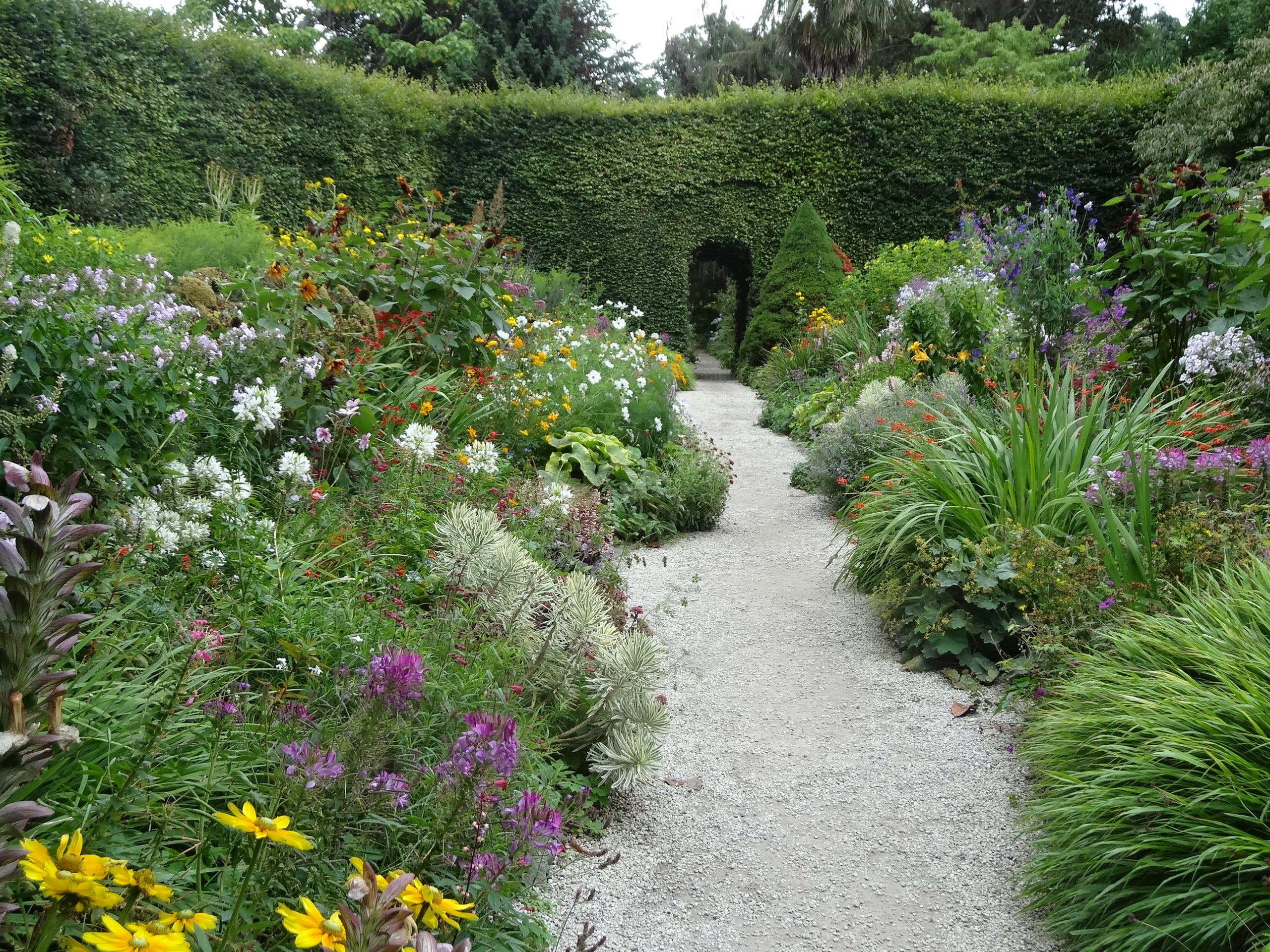
We understand you can’t wait to add the upgrade of a herbaceous border to your garden, but first, let’s plan things up. It would effectively save you time, money and effort. You need to look out first for the space and location of your border. It matters the most because if you have a narrow space, you must choose the plants accordingly, and the same applies to the broader gardens. How much sunray and water are reaching your designed border is crucial to sustaining the border; for the best possible effects, consider making it at least 4-5 feet broad. Think of bringing the plants towards the heart of the area, bending the borders outward, or dividing the garden space with herbaceous borders. Once you are done choosing the location, you’ll need to assess your soil type, pH levels, and drainage. Most herbaceous border plants prefer well-draining soil that is rich in organic matter.
2. Soil Preparation for Your Herbaceous Border Plants
Getting all of it done won’t give you a lot of hassle, but that starts with the soil preparation. So here comes our next tip, consider no-dig methods to prepare the soil bed of your herbaceous border. The no-dig method is a way of gardening that avoids disturbing the soil and its organisms by digging, tilling, or forking. Instead, it involves applying organic matter, such as compost or manure, on top of the soil surface and letting the plants, fungi, and worms incorporate it into the soil. This method was innovated back in 1983 by creative gardener Charles Dowding.
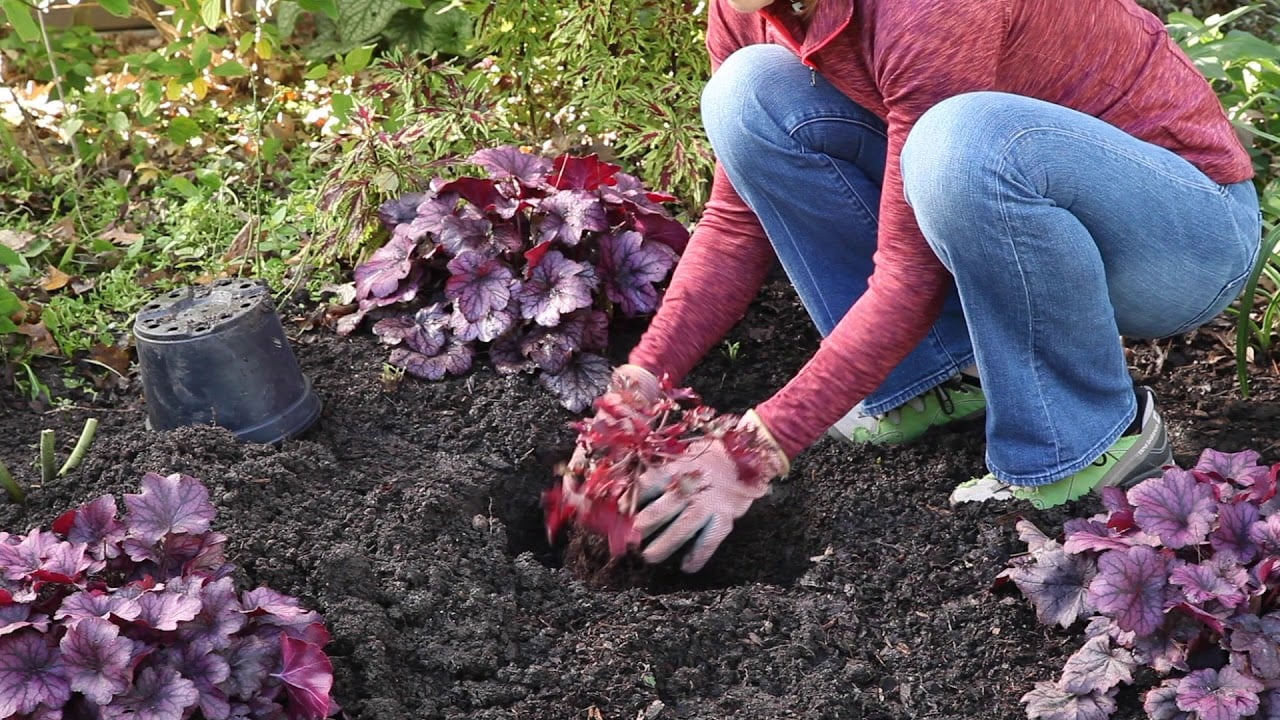
Follow these steps to plan your herbaceous border using the no-dig technique.
- If there are any bramble crowns, remove them; otherwise, let all other weeds alone. It would help the soil remain uninterrupted and thus be better for the bordering plants.
- Lay thick cardboard on top of the area that will serve as your beds and the passageways between them to prepare the space. This space would be where the colours of your garden would bloom, so make it visible from a distance also.
- With stones or something like that, weigh down the cardboard.
- Compost should be spread over the cardboard area in a 6-inch layer. You can also go for 2-3 inches of the layer, but ensure it hydrates the plant enough once planted.
- Wait until all of the cardboard has been completely broken down.
- Your border plants should be planted directly into the compost layer.
3. Choosing Your Herbaceous Border Plants
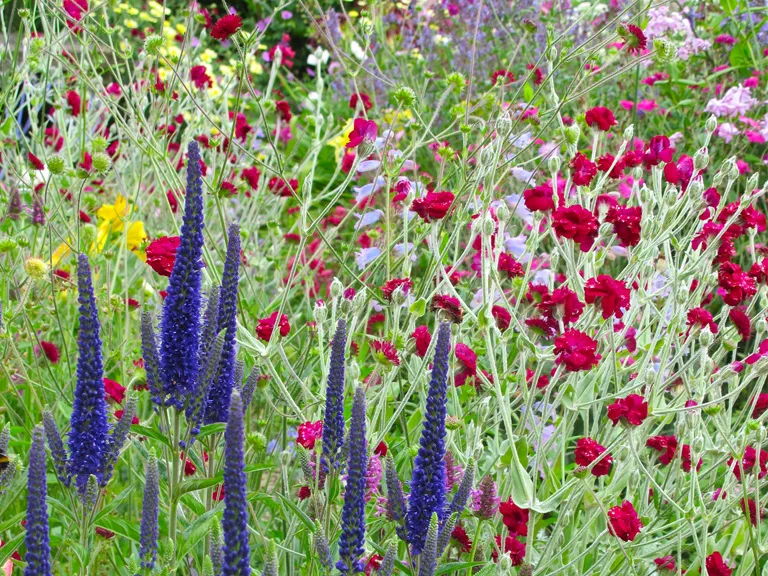
This part of the process requires some location-specific research. The climate and soil differ in various regions and weather conditions. For example, we can say the climate of the Indian subcontinent is majorly hot and humid. On the other hand, the soil is naturally fertilized and watered by water bodies across the country. Also, the herbaceous border plants get ample sunray in bright daytimes, so plants like Astilbe, Calla Lilly or Lavender are often the plants of choice. You need to understand your region’s climate and choose the herbaceous border plant that can sustain itself for years with proper maintenance. Hundreds, if not thousands, of herbaceous border plants, are available to suit your taste and style.
4. Planting Your Herbaceous Border to Enrich Your Garden
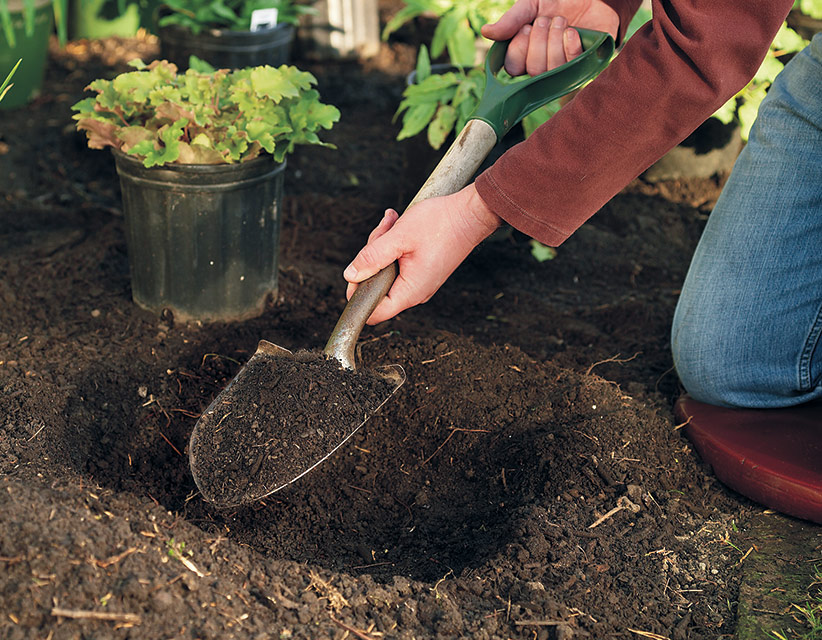
You may now begin planting your border because your bed for soil is ready, and so are the herbaceous border plants of your choice and admiration. The enjoyable element of this process is getting to create your border. The following advice will assist you:
- Dig a hole somewhat bigger than each plant’s root ball first. Place the plant in the hole after gently loosening the roots. As you pack the earth around the plant, fill the hole with it. Ensure that the plant is the same height as in the nursery bed or container. This helps in the sustained nutrition of your plants.
- Mulch is added to assist in preserving moisture and stopping weeds. Mulch is any substance, such as bark chips, straw, or cocoa shells, that covers the soil surrounding your plants. Mulch works to keep the soil wet, lessen evaporation, control weeds, and, as it decomposes, it also gives organic richness to the soil. Apply a layer of mulch around your plants 2 to 3 inches thick, keeping room around the stems to avoid rotting.
- Water each plant thoroughly and gradually, ensuring the water reaches the root zone. Water plants gently and infrequently to avoid encouraging shallow roots and fungus problems.
5. Maintaining Your Herbaceous Border Throughout the Year
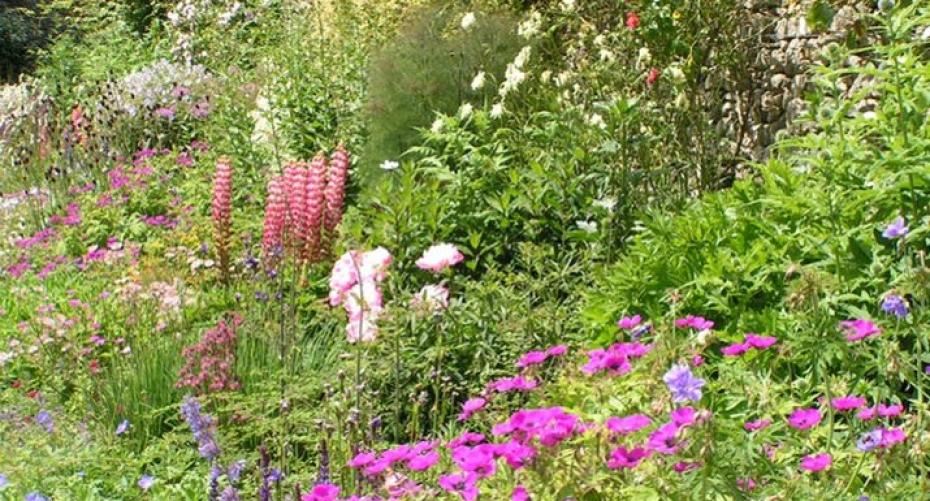
Your herbaceous border will need regular care and attention to keep it looking its best throughout the year. It might sound daunting, but trust us when we say it is not that hard. It mainly requires regular care, which is basic and mandatory for most of your garden. As an additional task, you might have to prune it quite often to keep the shape and attraction of the border intact. Here are some things you need to do:
- You could water your border once or twice a week during dry times, depending on the weather and the type of soil you have. Put your finger into the ground up to the second knuckle to determine the soil’s moisture content. If it feels dry, water your plants. If it feels moist, wait until it dries out before watering again. You can also use a soaker hose or a drip irrigation system to water your border more efficiently and reduce water waste.
- One or two times a year, especially in the spring and autumn, you might also need to fertilize your border. Use a natural fertilizer from organic materials appropriate for perennial plants, such as compost tea, fish emulsion, or bone meal. Apply the fertilizer evenly all around your plants as instructed.
- Deadheading is the process of removing faded flowers from your plants. This helps keep your border looking neat and tidy, stimulating more blooms and preventing seed formation. The dead colours can be removed by cutting them off at the base or just below the stem using scissors, pruners, or even your hands if you lack tools!
- And as mentioned earlier, pruning would be a part of your regular activity of maintaining the herbaceous plant border. It would help the plants bloom more often and keep them safe from pest or fungus infestations.
Conclusion
Having a herbaceous border is not an impossible task or a thing for the special gardens. Just plan your border, choose the plant of your colour and design scheme, treat the soil to perfect it, and then plant the herbaceous border. Ultimately, keep maintaining the border with regular watering, fertilization and pruning. This can transform your garden into an oasis of true natural scenic beauty.
We hope you are inspired & satisfied by this blog and want to create your herbaceous border very soon; there is no better time than now to get started. You don’t need much space or plants to make a big impact. You must choose a sunny spot, prepare the soil well, and select plants that suit your style and colour scheme. Follow the steps we curated carefully, and you will have the herbaceous border plants of your dreams. Also, do not forget to subscribe to our newsletter for more such amazing posts on gardening directly in your mailbox. Happy Gardening!

